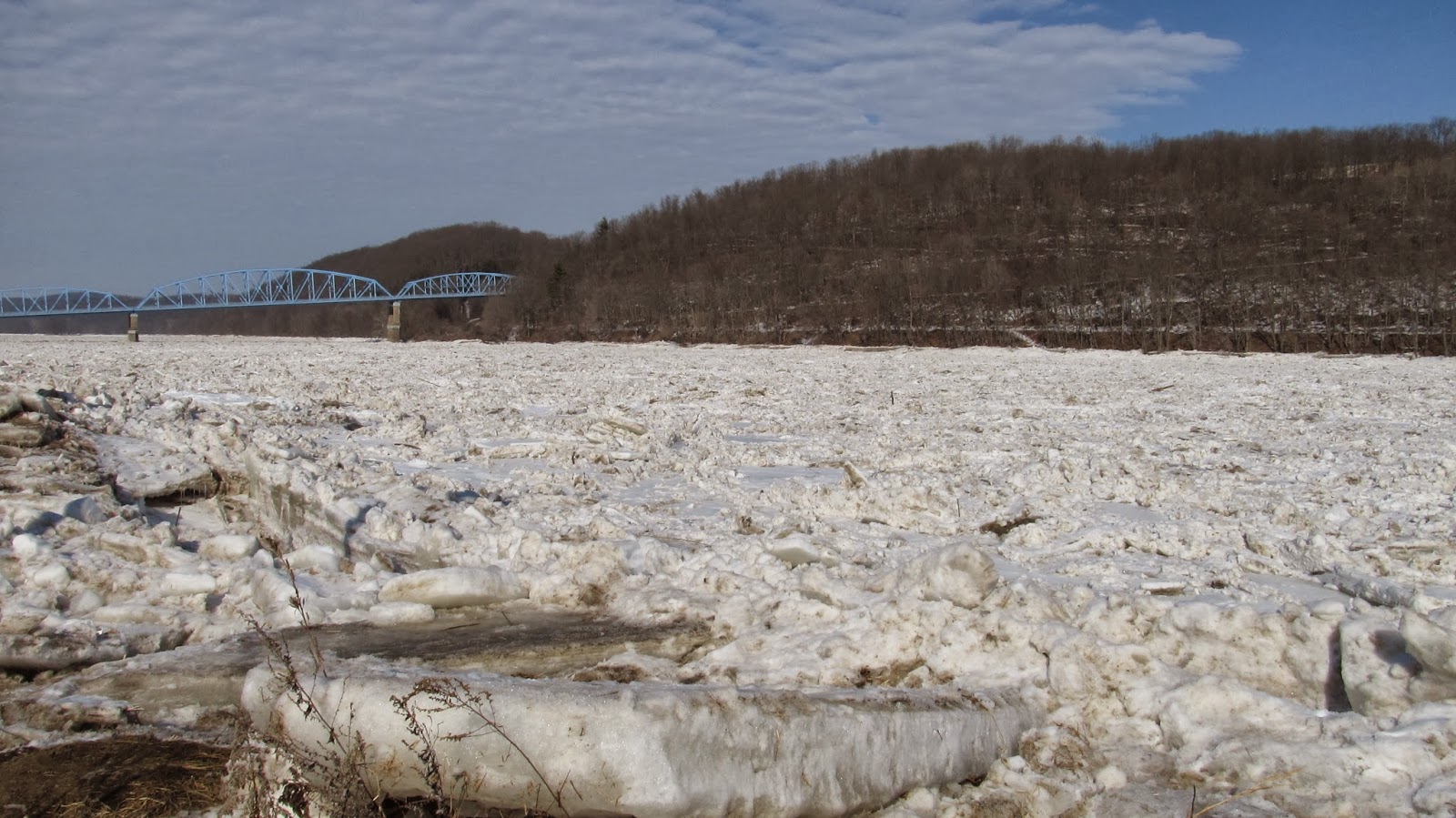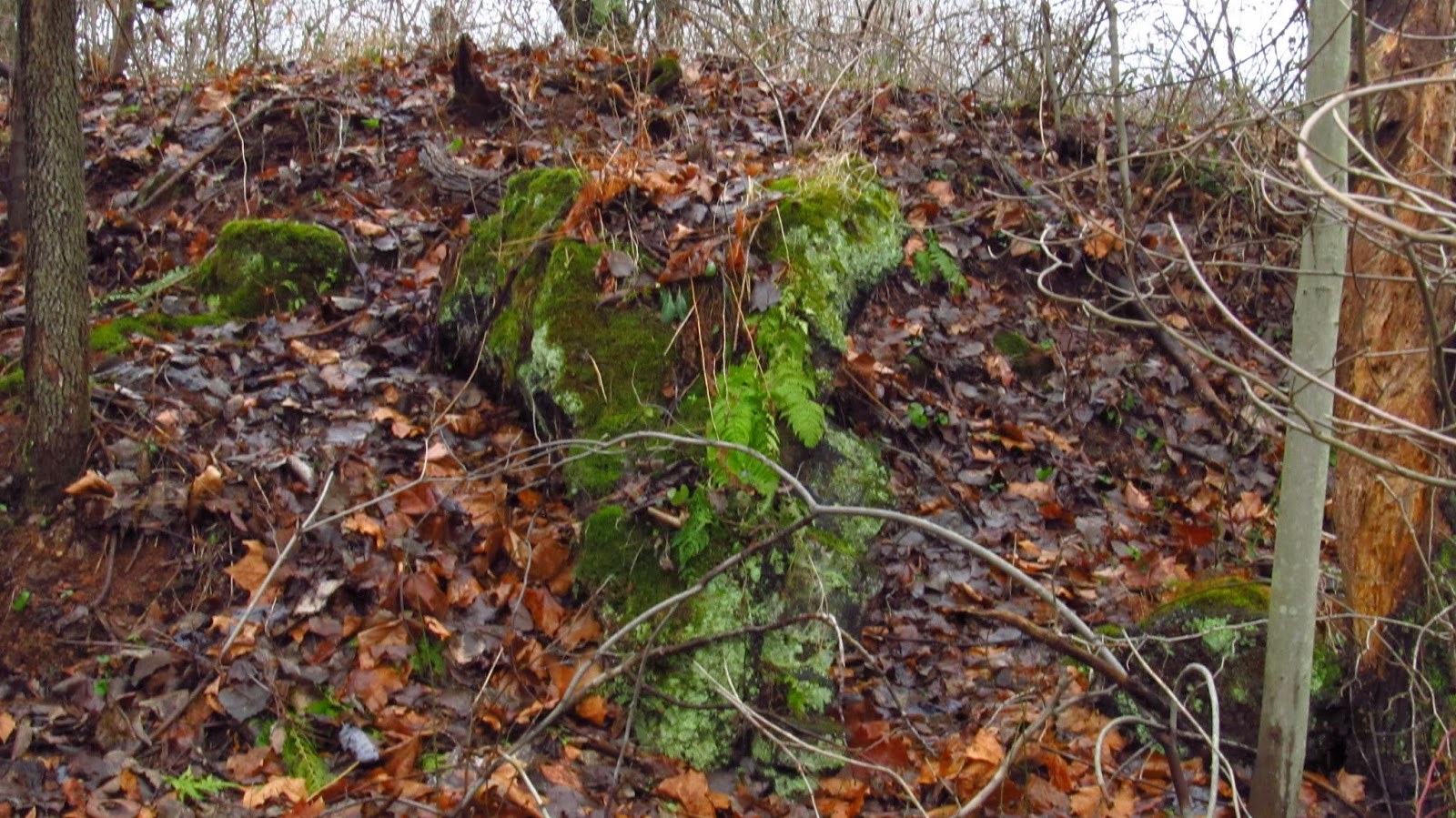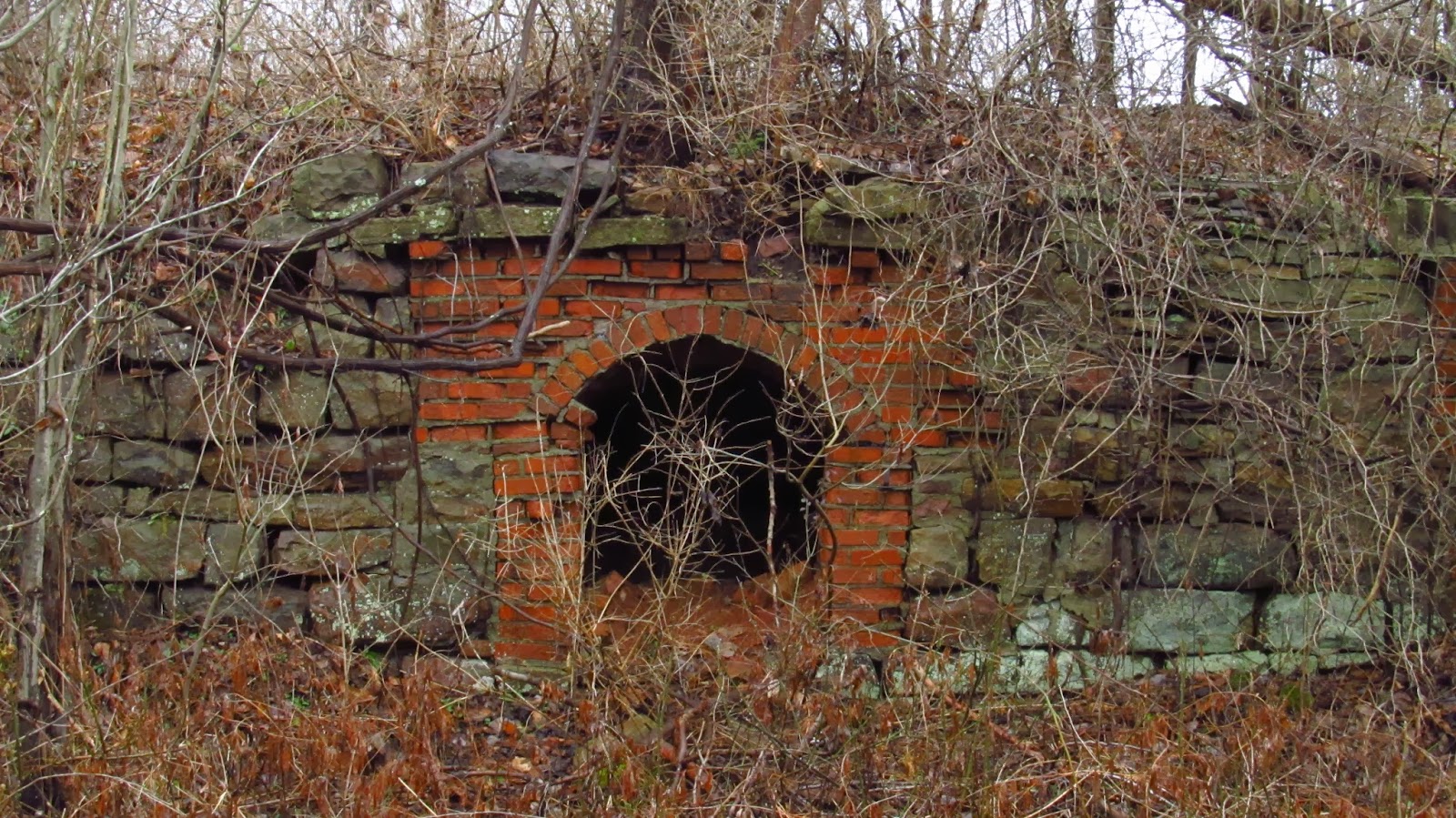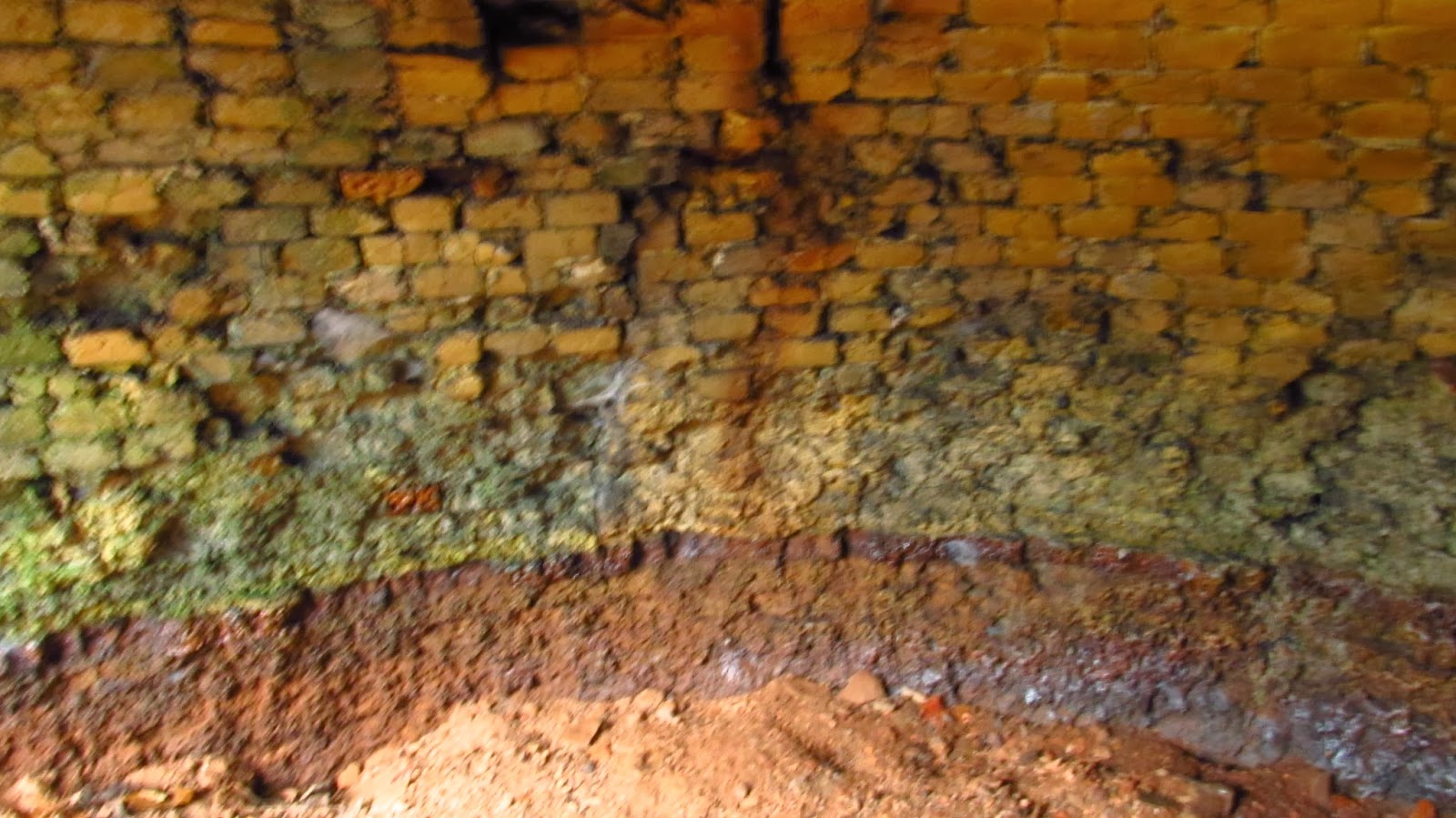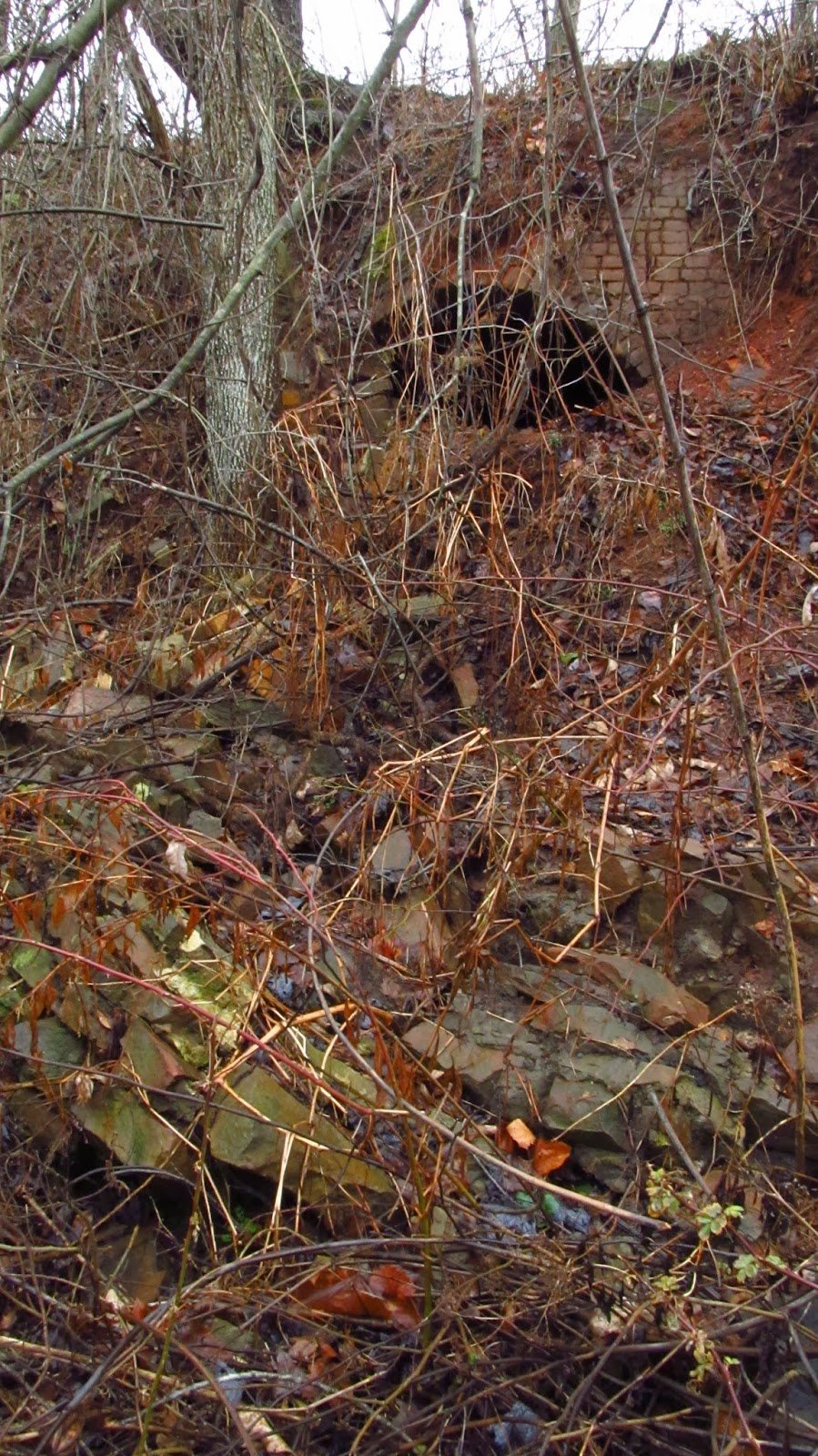This was a short trip starting upriver from Pittsburgh on the Allegheny and heading down river on the Ohio and up the Beaver River. It was meant to get photographs of the frozen rivers but I came across some old and current industry.
 |
Frozen Allegheny River at Herrs Island (Washington's Landing). |
 |
Herrs Island Railroad Bridge. Built in 1903 by the Pennsylvania Railroad (West Penn Railroad) on the back channel of the Allegheny River. |
 |
31'st St. Bridge from Herrs Island. 1927-1928. |
 |
Ohio River at Avalon, looking across at the Shenango Coke Plant on Neville Island. |
 |
Emsworth Lock and Dam on the Ohio River. |
 |
The I-79 bridge is in the background. |
 |
Ohio River at Baden. Looking across at the former J&L Steel Aliquippa Plant site. |
 |
Single track at Baden. |
 |
Beaver River at Bridgewater. Beaver-Rochester Bridge and current Norfolk Southern bridge. |
 |
Near the mouth of the Beaver River. Beaver-Rochester Bridge. |
 |
This is the Beaver (railroad) Bridge. It was built between March 1908 and May 1910 by the Pittsburgh And Lake Erie Railroad. |
 |
It is still in use today and owned by CSX. The entire length of the bridge is 1,779 feet. |
 |
The Rochester-Monaca Bridge. 1986. |
 |
A couple more of the P&LE Bridge. |
 |
Huge. |
 |
| This is the frozen Buttermilk Falls in Homewood, north of Beaver Falls. It is located at the former site of the Homewood Stone Quarry. |
 |
The Homewood Stone Quarry began operations in 1852 and was famous for its Homewood Sandstone. |
 |
The sandstone was used for the construction of roads, canals and bridge abutments. The most famous use of the sandstone was in the construction of Western Penitentiary in Pittsburgh. |
 |
Back side of the frozen Buttermilk Falls. |
 |
Further up the Beaver River. This railroad bridge crosses the river between Ellwood City and Koppel. |





